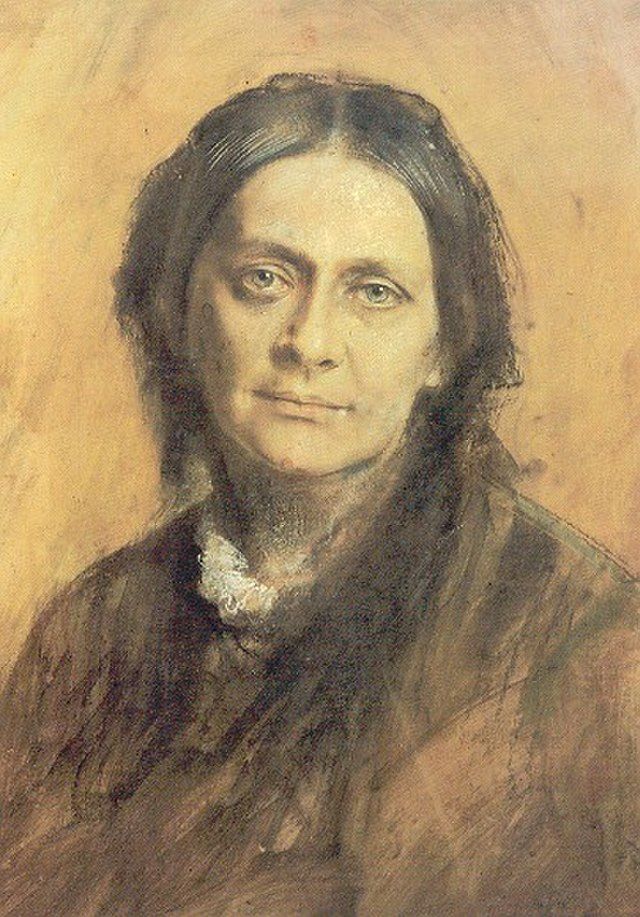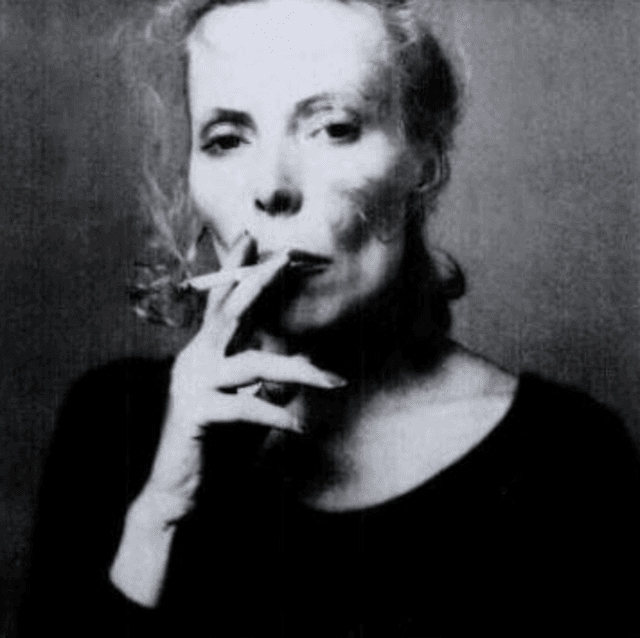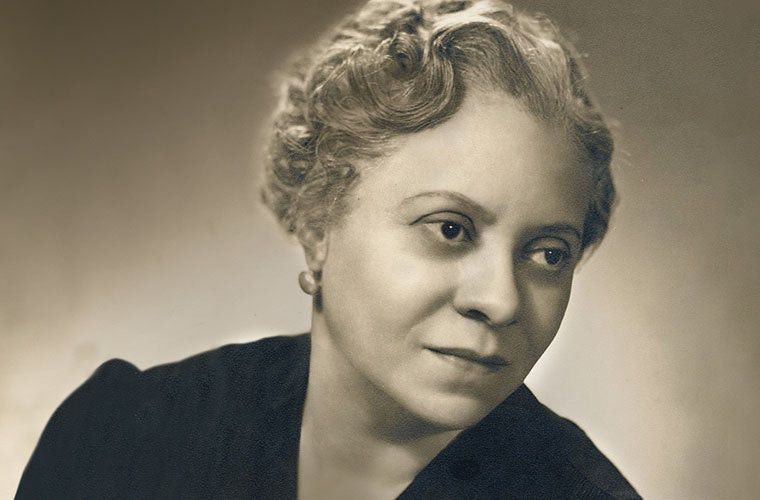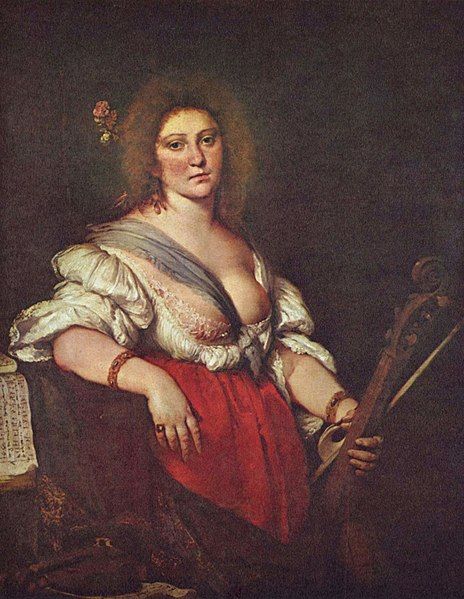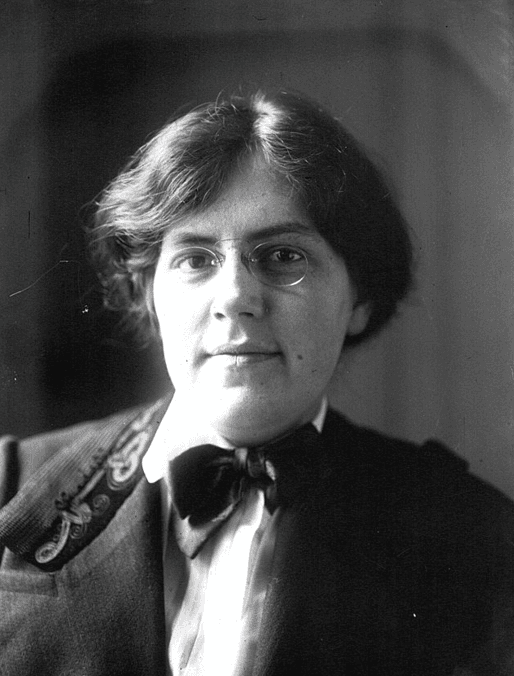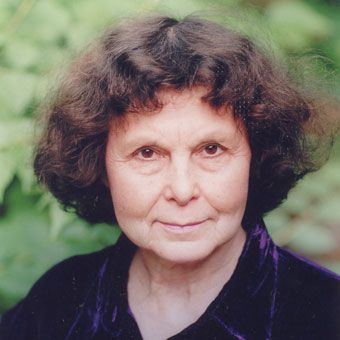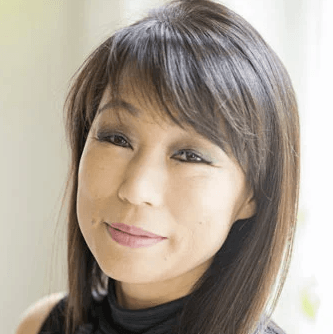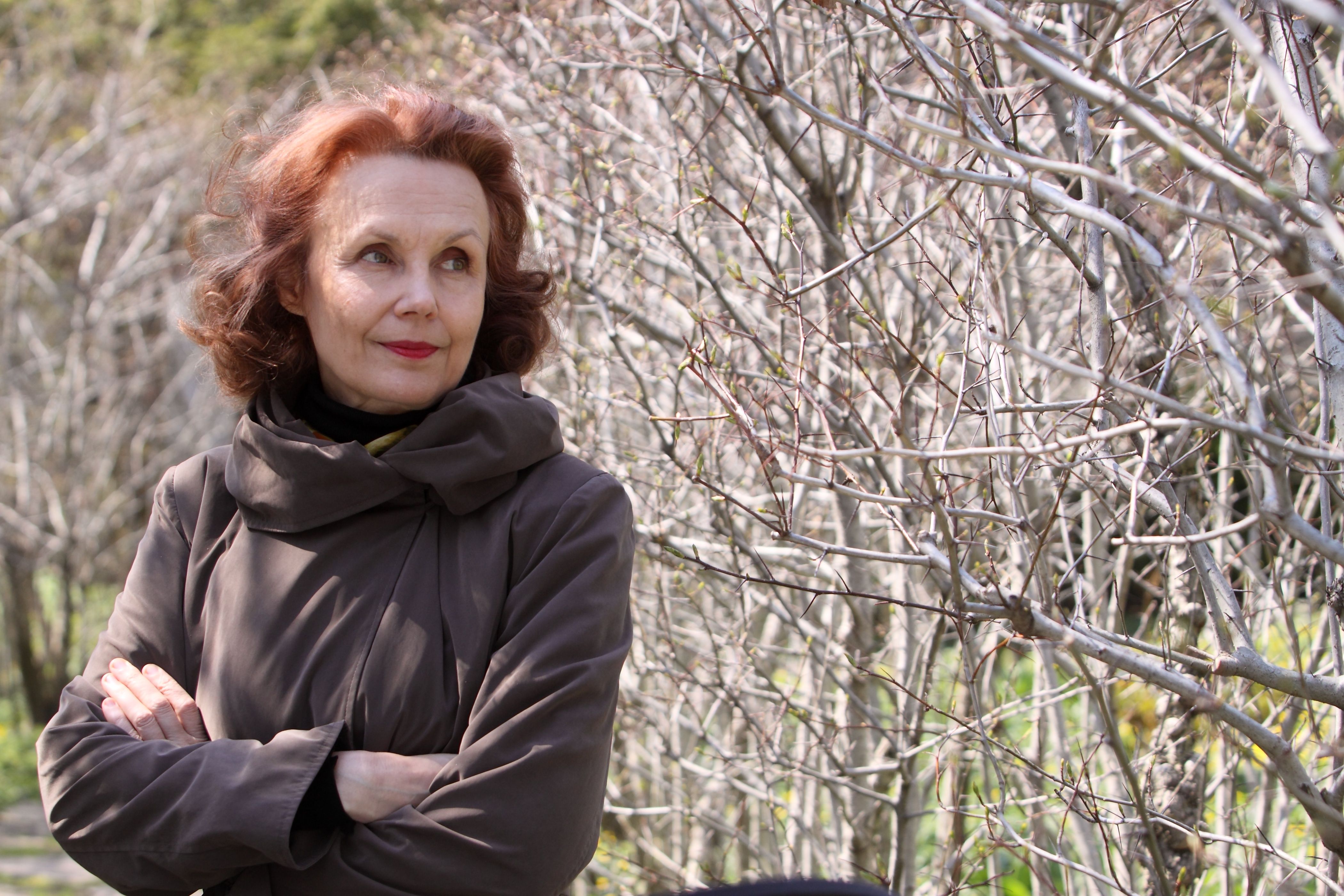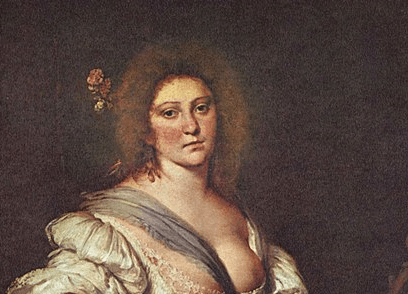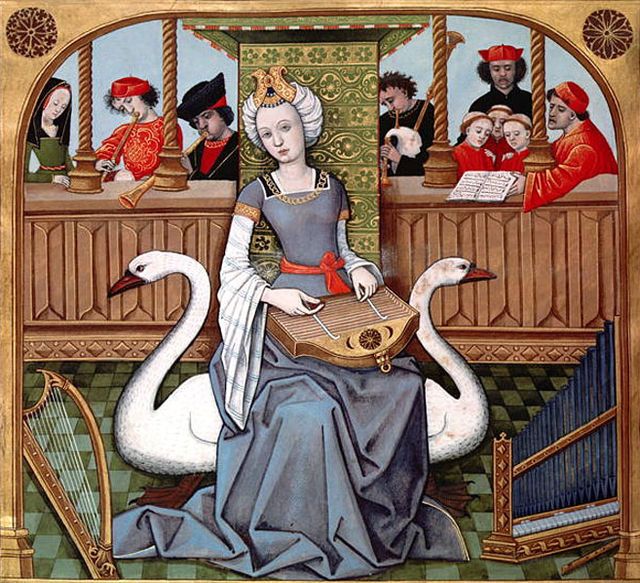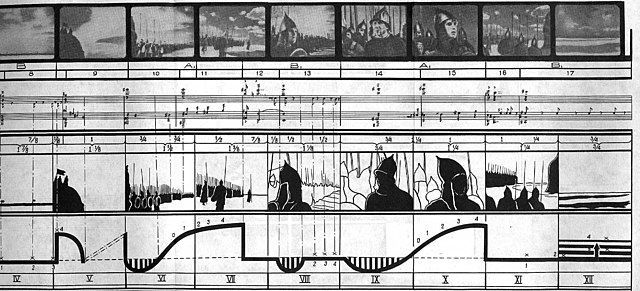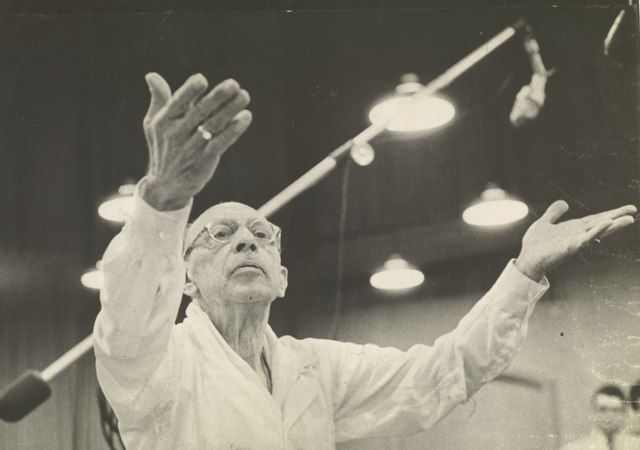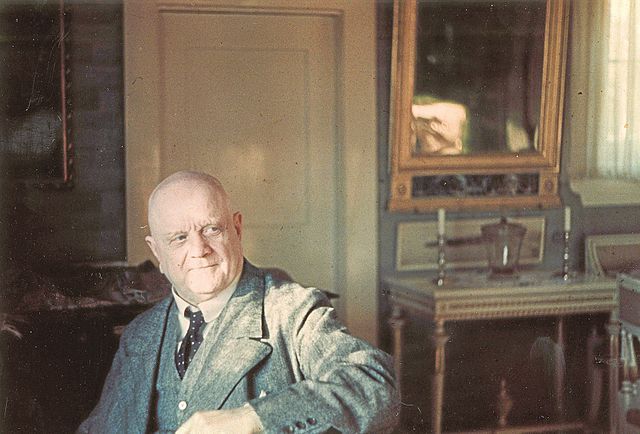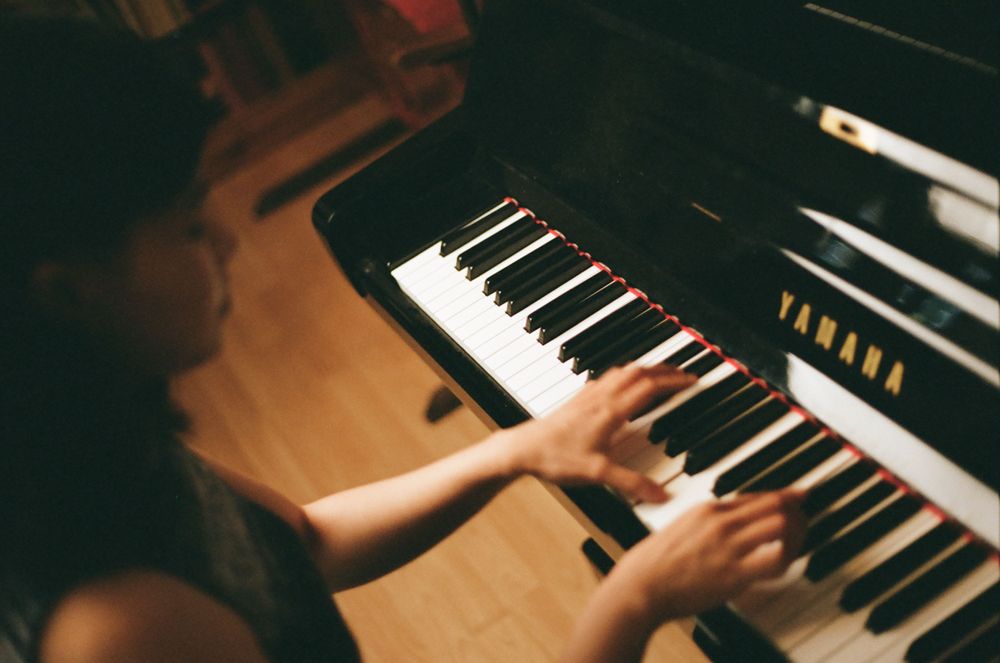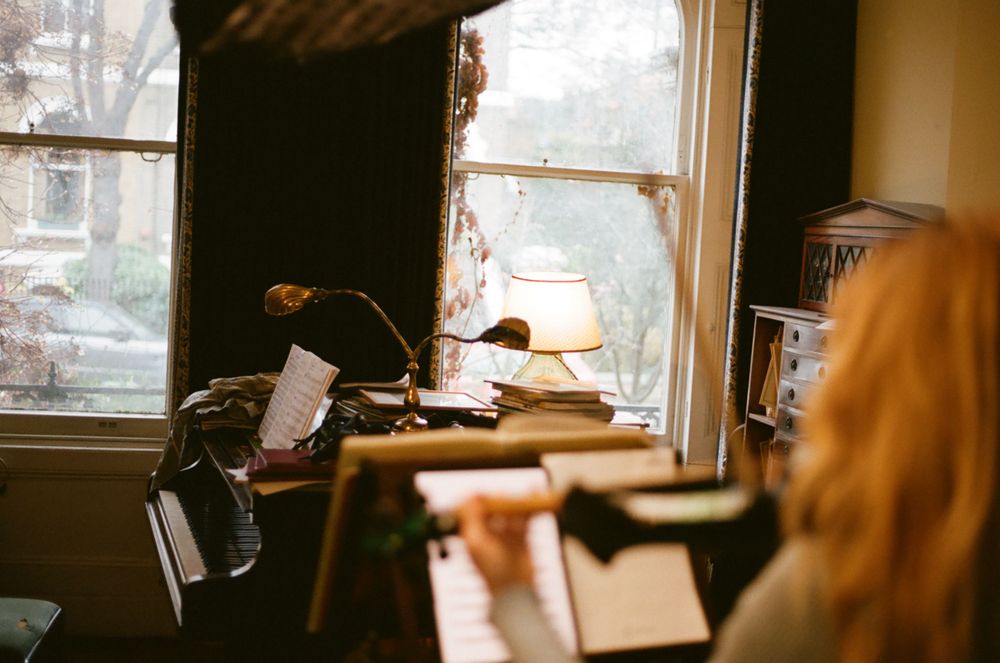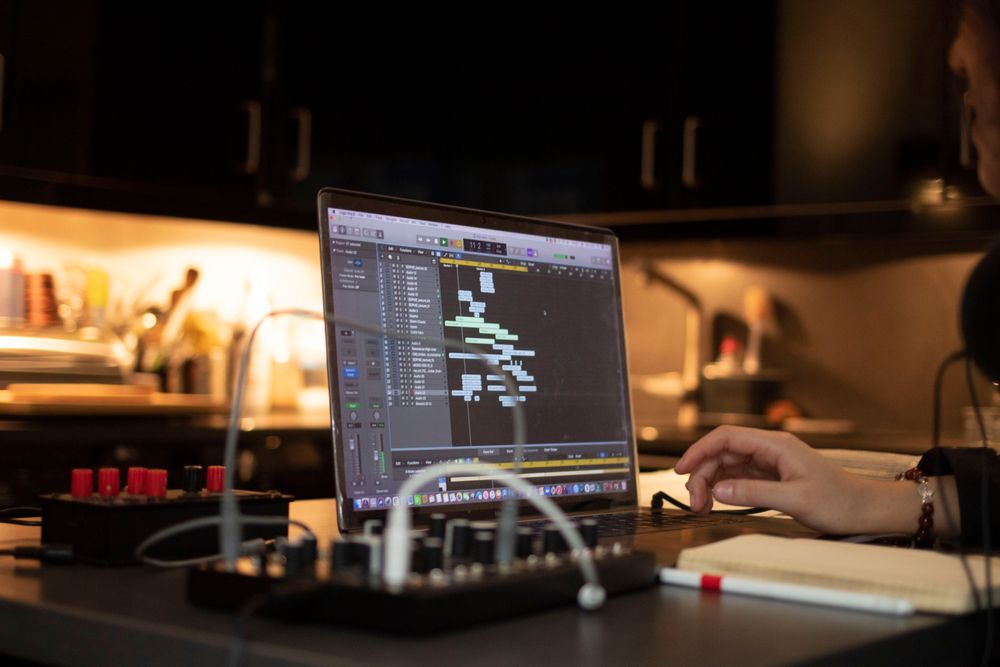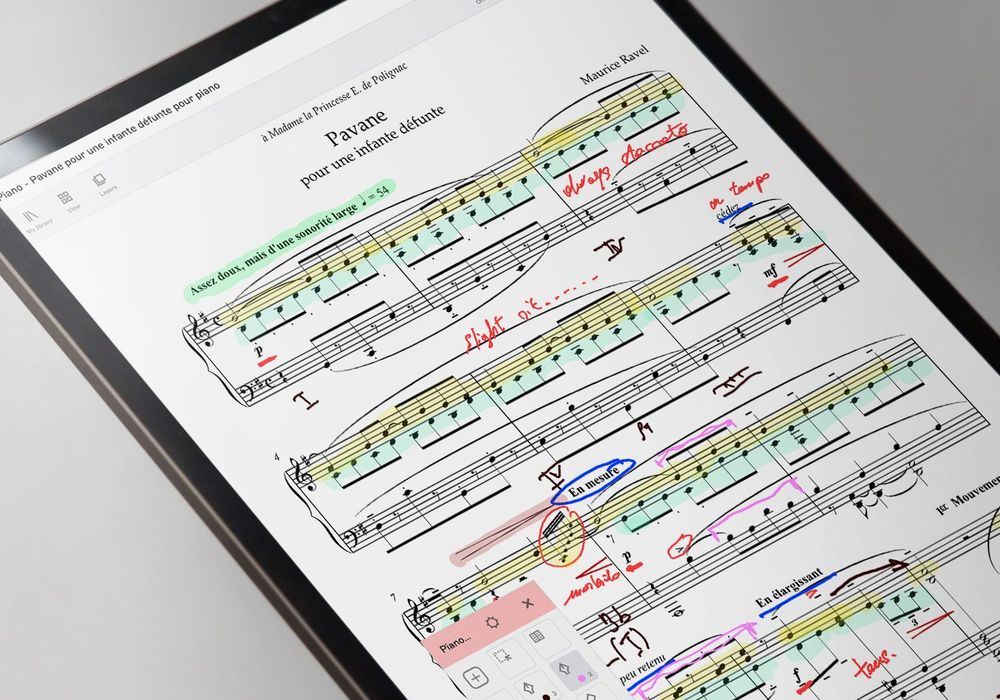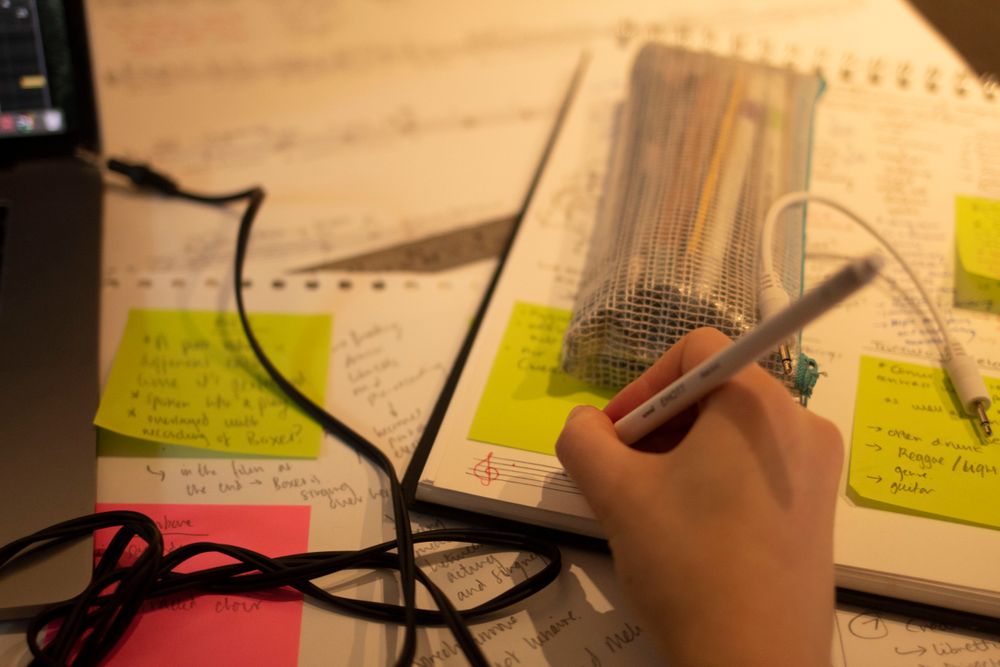When Joni Mitchell’s chapter in music history began, the world was a very different place. This wasn’t Germany in the 19th century but the US in the 1960s, a time during which an unprecedented amount of socio-cultural change occurred: the Space Race, television, the civil rights movement, Flower Power and the Vietnam War. Gender parity was a far more visible objective, even if women continued to fight the uphill battle.
As far as music is concerned, while musicians like an Etta James or a Dusty Springfield were revered as vocalists, few were taken seriously as artists in a broader sense, let alone as composers of music - the same performative bias that plagued Clara Schumann long before.
Joni Mitchell changed that, however, as a musician who wrote as well as sang her songs, and who, as it soon became clear, would never stop dancing to the beat of her own drum. After several years of gigging and honing her songwriting craft in the mid-1960s - first in her native Canada and then in the US - Mitchell's debut studio album Song to a Seagull was released in 1968. It was an instant success, other artists began to cover her songs and she was swiftly appropriated by the American folk scene that had influenced her style to date. Her album of 1971, Blue, is the high-water mark of this early work of hers - recently voted by Rolling Stone magazine as the third-greatest album of all time.
You can imagine the sense of betrayal her fans felt, therefore, when their folk sweetheart began exploring new territory. Strains of jazz appeared on The Hissing of Summer Lawns in 1975 and on her next album, Hejira (1976). She undertook a deep engagement with that genre, integrating its sensibilities with her distinctive songwriting style. Arguably her most impressive compositional abilities manifested at this point, when her naturally florid vocal delivery and liberal rhythmic handling was enriched by jazz's vivid harmonies and intricate textures. Take ‘Blue Motel Room’ from Hejira, for instance, a tune that Thelonious Monk would have been proud of. It’s little surprise, then, that the titanic jazz composer Charles Mingus agreed to collaborate with Mitchell soon after these albums were released. Their work appeared on the 1979 album Mingus, released by Mitchell, after the great man’s death.
Ever the butterfly, she displayed an ability to self-reinvent, a resistance to being pigeon-holed that came to define her artistry and consistently defy the expectations imposed on her by the music industry. But Mitchell's essential and foundational skill as a songwriting composer deserves its due, too - a consummate skill in marrying words and music that rivals those of Paul McCartney, Stevie Wonder, Cole Porter, and the rest of the icons of that great art. From the eternal themes of change on ‘River’ to the nostalgic lyricism of ‘Both Sides Now’, Mitchell can tell any kind of tale in music in the most profoundly beautiful way.
Allmusic’s own assessment is conclusive: ‘When the dust settles, Joni Mitchell may stand as the most important and influential female recording artist of the late 20th century’.

